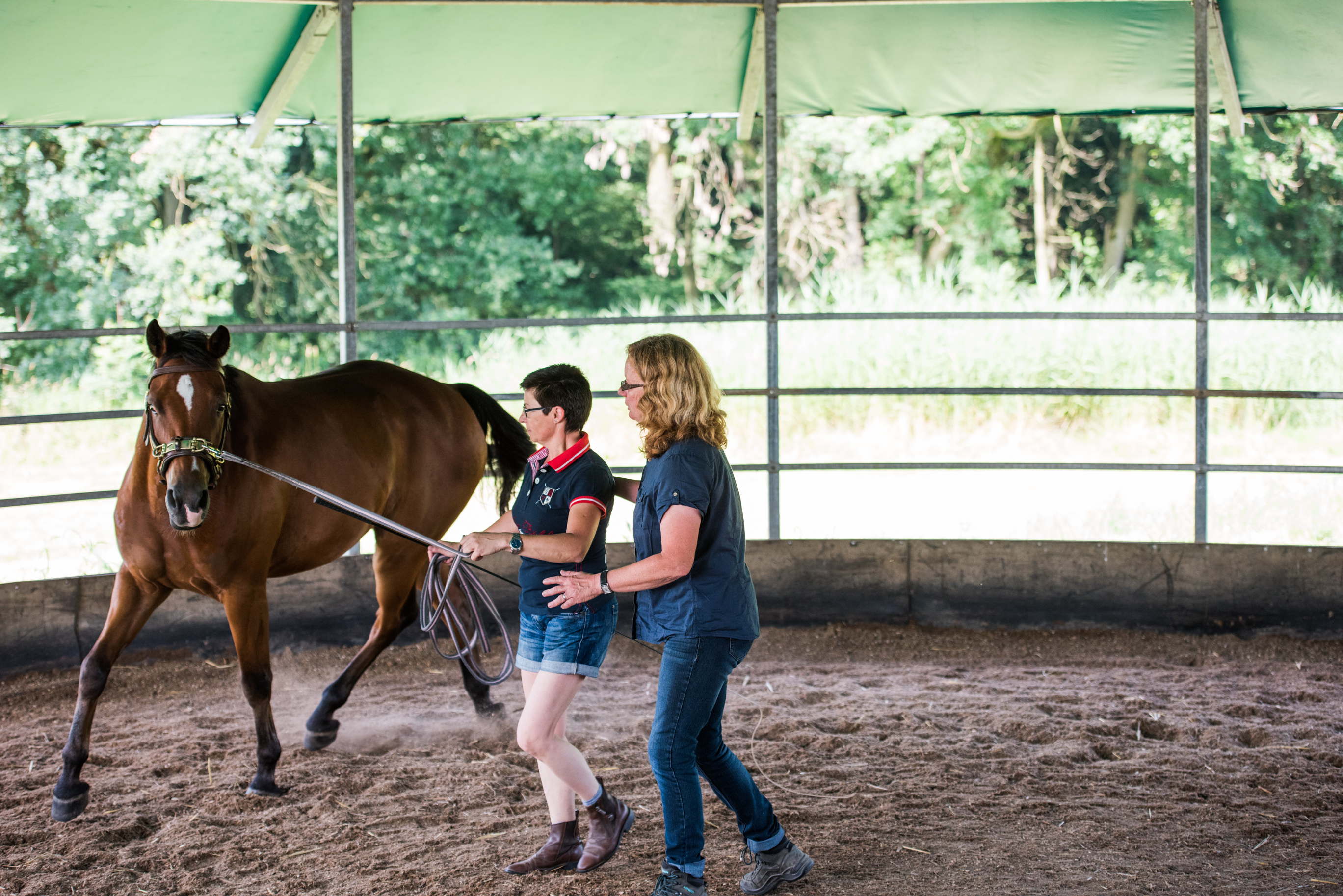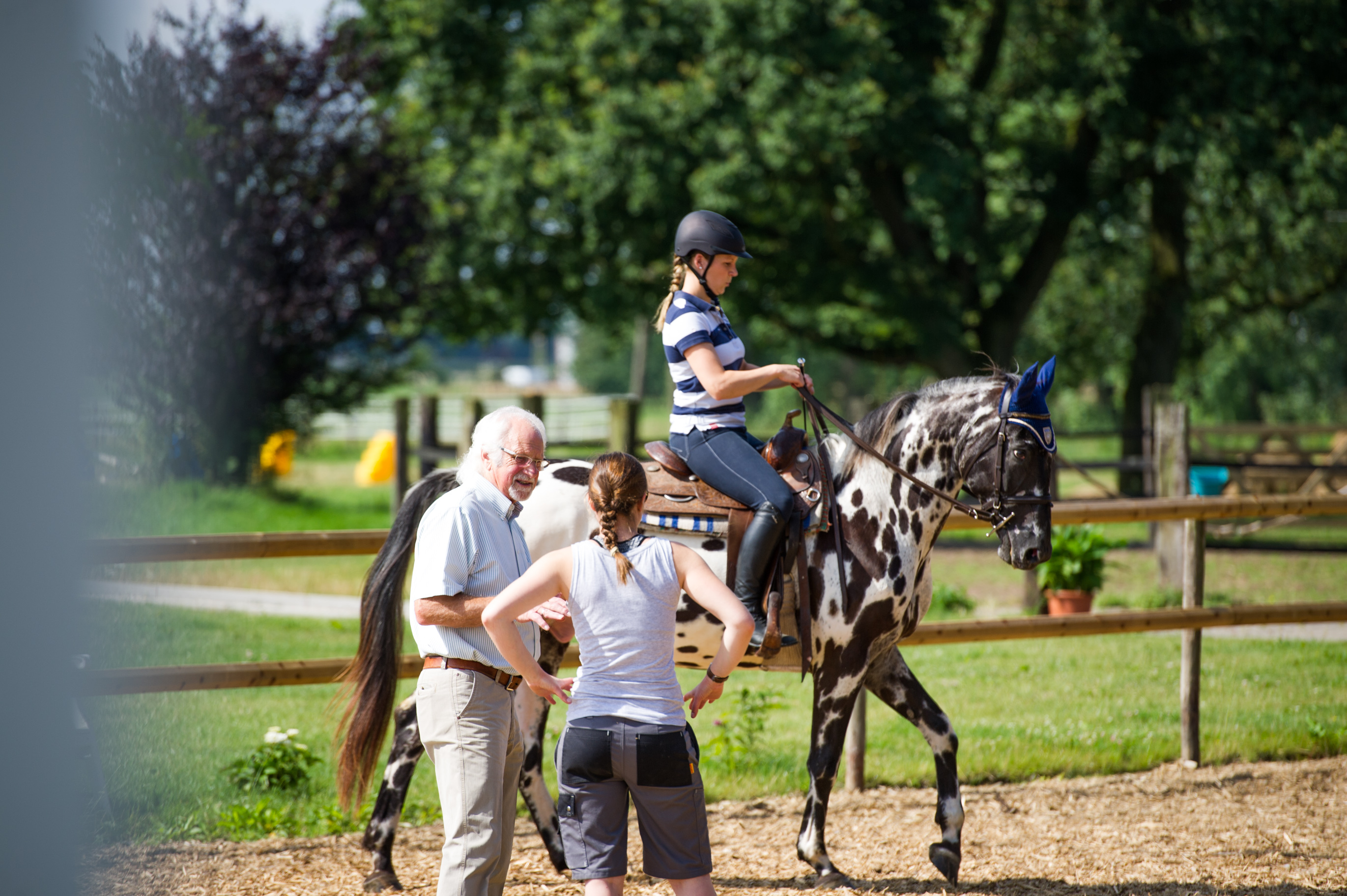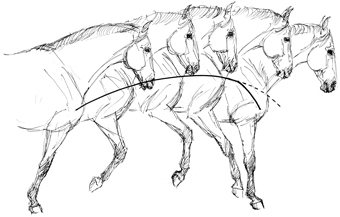Thoughts about responsibility for the horse
In its brochure "The Ethical Principles of the Horse Lover", the German Equestrian Federation (FN) states as first ethical principle: "Whoever deals with the horse assumes responsibility for the animal entrusted to him/her". But what exactly does it mean to take responsibility for the horse?
Often horse owners don’t spare any expense to give the horse a nice stable with good and abundant food and hopefully a lot of turnout and social interaction with other horses. With every scratch, they call the vet – you don't want to be accused of carelessness! The blacksmith also arrives on time every 7 weeks and at regular intervals the chiropractor adjusts all joints again. You trust the recommendations of your stable colleagues and treat yourself and your horse to a made-to-measure saddle from a well-known brand – the best-selling saddle that actually fits all horses, as the saddler with impressive name promises. Also, no effort is too great when it comes to the training of the rider: the successful high-level competition rider offers lessons at the local riding club, which you can't miss.
And then there are still creeping problems. The horse doesn’t build up muscles as desired, the training stagnates and the competitive ambitions can’t be achieved, perhaps the horse appears apathetic or on the contrary hysterical or inexplicable intermittent lameness occurs. What went wrong? And who is responsible that the horse is obviously not in optimal health, even though you are surrounded by highly qualified experts who in turn deny any responsibility or blame the next expert?
Assuming responsibility requires knowledge. Only if I can assess based on well-founded knowledge whether the expert I bring on board can really contribute his or her share to the welfare of the horse, can I actually assume my responsibility as a horse owner. I cannot avoid this responsibility. Taking responsibility means acting instead of reacting.


For this reason, it is very important to us at the ARR Center for Anatomically Correct Horsemanship not only to train or retrain horses, but also to make horse owners active and knowledgeable actors who can actually take responsibility for their horses. We teach horse owners to look at their horses and "read" them. This is because the trained eye can tell from the horse whether the renowned expert we rely on lives up to its reputation. This can also be painful, because those who bear responsibility must also make unpopular decisions. Friendships can be put to the test when a long lasting cooperation ends because it is not good for the horse. One is ridiculed, marginalized, perhaps even insulted if one goes one's own way or the way of the horse. But the horse owner who can explain his actions based on his comprehensive knowledge also earns respect and recognition. And at the end of the day, the horses will say which horse owner really does justice to his task and takes his or her responsibility to the last consequence. Because the horse will stand out with its impressive expression, its untiring willingness to perform, its solid health and its close relationship with the owner.

